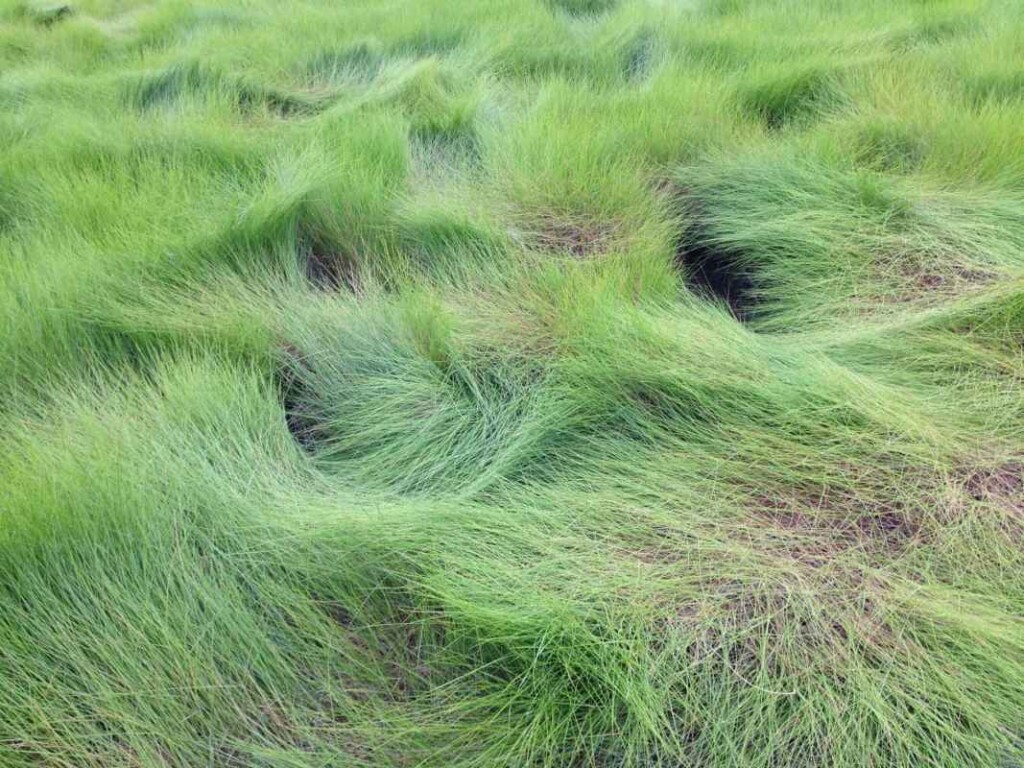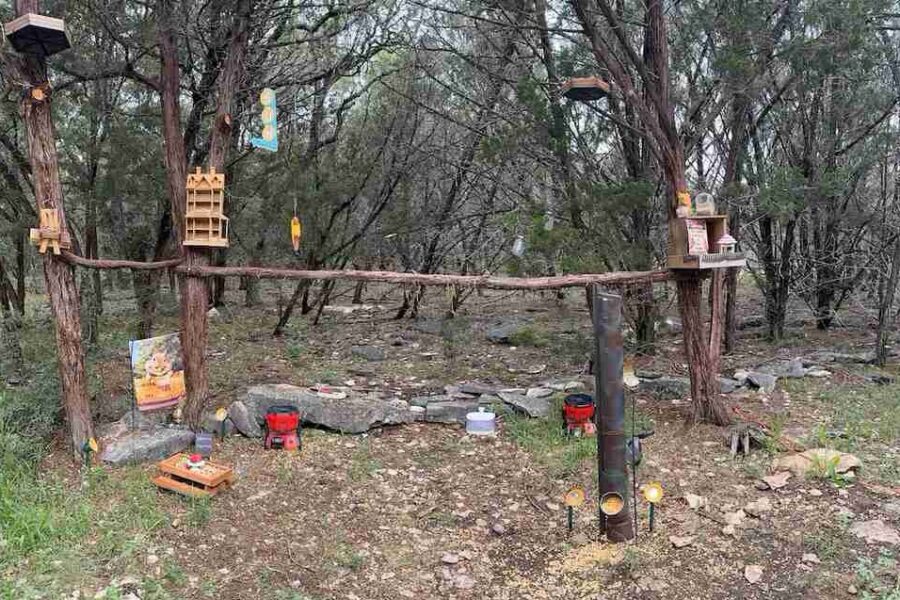### Unleashing the Power of Salt Hay: A Revolutionary Solution to Coastal Erosion and Rising Sea Levels ###
 Spartina patens, also known as Salt Hay – Photo by Dana Filippini, National Park Service.
Spartina patens, also known as Salt Hay – Photo by Dana Filippini, National Park Service.As the relentless tides of climate change threaten to drown America’s mid-Atlantic coast, a beacon of hope emerges from the briny depths – salt hay. This resilient grass, a relic from colonial times, could be the key to future harvests in regions like Delaware and New Jersey.
The crux of the problem lies in the increasing salinity of mid-Atlantic farmland. Traditional crops like corn and soy are losing their battle against the encroaching saltwater. However, salt hay, or Spartina patens, thrives in such conditions and has been used as fodder to infuse northern France’s lamb with a distinctive salty flavor.
A study published in Nature revealed that visible salt patches across land along the Delmarva Peninsula almost doubled between 2011 and 2017. The conversion of over 20,000 acres of farmlands to marsh resulted in economic losses estimated between $39.4 million and $107.5 million annually.
Enter salt hay, a forgotten hero of the agricultural world. This robust grass was farmed on a large scale in New Jersey until 1975. The challenges of harvesting salt hay, including the risk of machinery getting stuck in the marshy ground where it grows, have deterred most farmers. However, the tide may be turning for this underappreciated crop.
According to Ambrook Research, farmers along the mid-Atlantic coast are exploring innovative harvesting techniques to revive salt hay cultivation. The versatility of this grass makes it an attractive option. It has been used for building insulation, packing material, concrete additives, paper, textiles, and animal fodder.
John Zander, owner of Cohansey Meadows Farms in New Jersey, has been experimenting with different planting and propagation methods. He has successfully grown salt hay in salt-contaminated fields inland, where it is flourishing.
Scott Snell, an agronomist at the Cape May Plant Materials Center, is interested in salt hay for its secondary benefit: it serves as a natural buffer against coastal soil erosion. “These salt meadow cordgrasses help to prevent runoff and erosion, capturing nutrients and reducing soil loss from wind and water,” he said.
Join us in spreading the word about this fascinating solution to a pressing environmental challenge. Share this story of the farmable grass on America’s East Coast…
Source: Good News Network






Leave a Comment